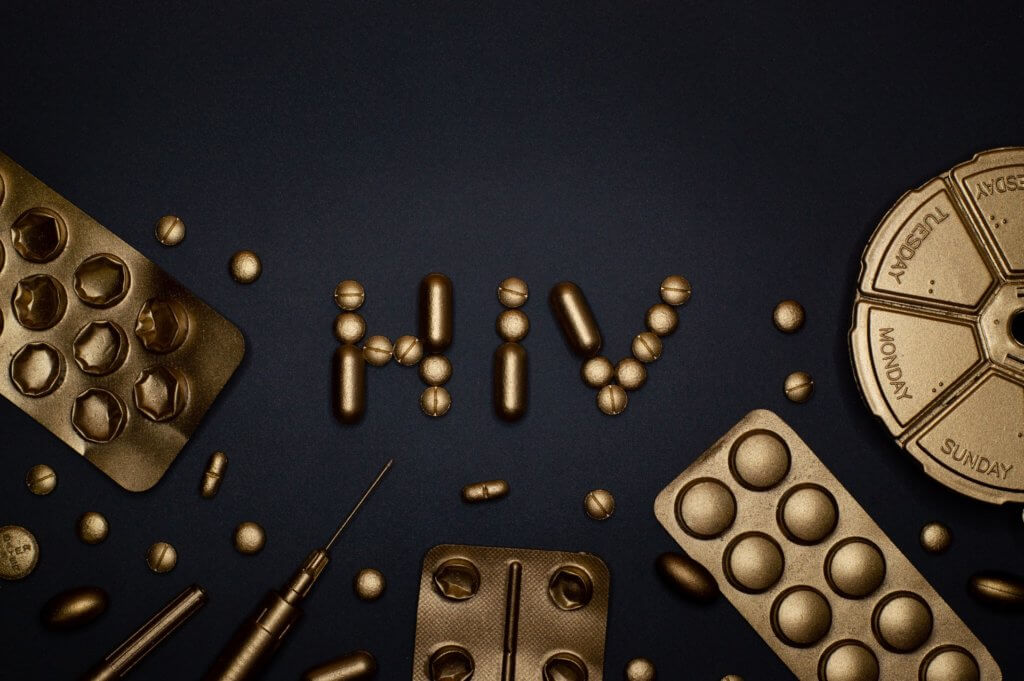TOKYO, Japan — A research team at Tokyo Medical and Dental University (TMDU) has made a significant breakthrough in the treatment of human immunodeficiency virus type 1 (HIV-1), the virus responsible for acquired immunodeficiency syndrome (AIDS). The team identified a molecular compound that can activate latent HIV-1 in cells, offering promise for more effective HIV treatments and perhaps even a cure.
HIV-1 poses a challenge for eradication due to its ability to form latent infections in cells, where the virus remains inactive and unaffected by antiretroviral therapy (ART). Although ART can inhibit viral replication, it cannot fully cure HIV. Reactivating and eliminating these latent HIV reservoirs is essential for a potential cure, and the Japanese team has made progress in identifying a compound that can activate these reservoirs.
The team focused on a compound called YSE028, a derivative of a molecule known as DAG-lactone, which has previously been studied for its potential in cancer and Alzheimer’s disease treatments. YSE028 activates a protein called “protein kinase C” (PKC), which has shown latency-reversing activity without causing significant toxicity to cells.
“YSE028 was able to reactivate cells latently infected with HIV-1 and subsequently induce cell death. We explored structurally similar derivatives of YSE028 with even greater latency-reversing activity,” explains lead author Takahiro Ishii in a university release.

Using a cell line called J-Lat 10.6, which expresses green fluorescence protein when activated, the researchers identified “compound 2” as having approximately 10 times higher latency-reversing activity than YSE028. They also discovered key characteristics of the molecule, such as its binding affinity to PKC and resistance to enzyme breakdown, which affect its stability and potency.
“Our data will be highly informative for the design of DAG-lactone derivatives to activate PKC, which could be key for HIV treatment,” says study author Hirokazu Tamamura.
This breakthrough offers new possibilities for HIV treatment by combining these newly identified DAG-lactone derivatives with anti-HIV drugs and other latency-reversing agents (LRAs). The “shock and kill” approach, utilizing LRAs to reactivate latent HIV reservoirs, followed by their elimination by the immune system, could bring us closer to a complete cure for HIV.
Speaking about the potential impact of their findings, the researchers emphasize that their study contributes to the ongoing pursuit of a cure for HIV. Further research and clinical trials will be necessary to fully understand the implications and effectiveness of this compound in future HIV treatments.
What is HIV?
HIV is a virus that attacks the body’s immune system, specifically the CD4 cells, also known as T cells, which are crucial to our body’s defense against infections and diseases. Over time, HIV can destroy so many of these cells that the body can’t fight off infections and diseases anymore. This vulnerability to severe illness is the last stage of HIV, known as AIDS.
HIV is primarily transmitted through sexual contact, the sharing of needles for drug use, breastfeeding, and less commonly through blood transfusions. It is not spread through casual contact like shaking hands, hugging, or sharing utensils or toilet seats.
Without treatment, HIV progressively weakens the body’s immune system over years or even decades, eventually leading to AIDS. However, with current antiretroviral therapies (ART), people with HIV can live nearly as long as those without the virus. Treatment also significantly reduces the likelihood of transmitting the virus to others.
Regular testing for HIV is recommended for sexually active individuals and others at high risk, as early detection can improve treatment outcomes and reduce the spread of the virus.
The study is published in the European Journal of Medicinal Chemistry.

